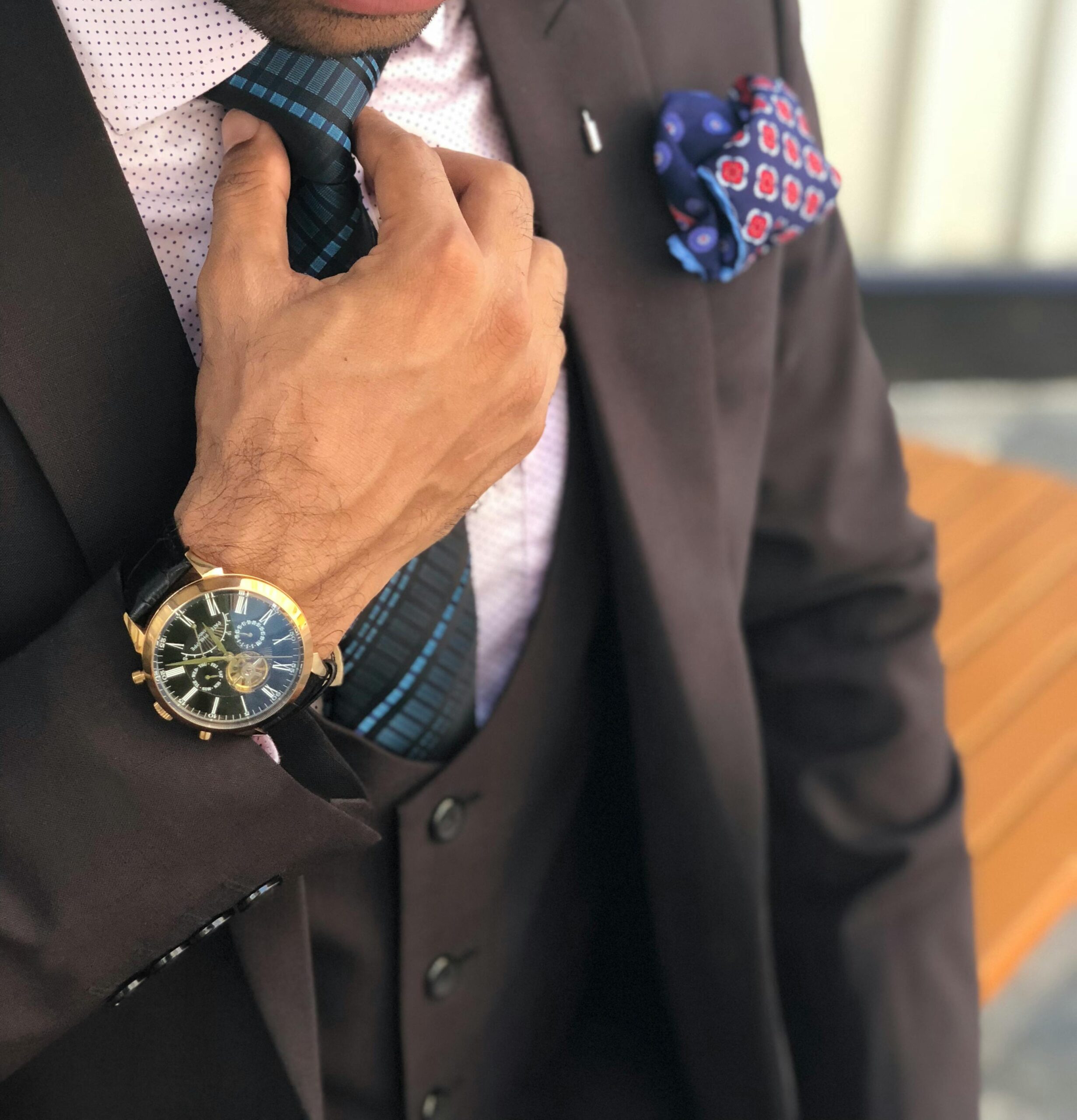We’re all familiar with status symbols and how they operate, or at least we think we are. Whether we consciously think about it or not, we use clothing and accessories to send signals to those around us constantly. For men, this often refers to watches, suits, and luxury accessories. Still, not all items will send the same signal to everyone. Are you sure you’re thinking about status symbols and image correctly?
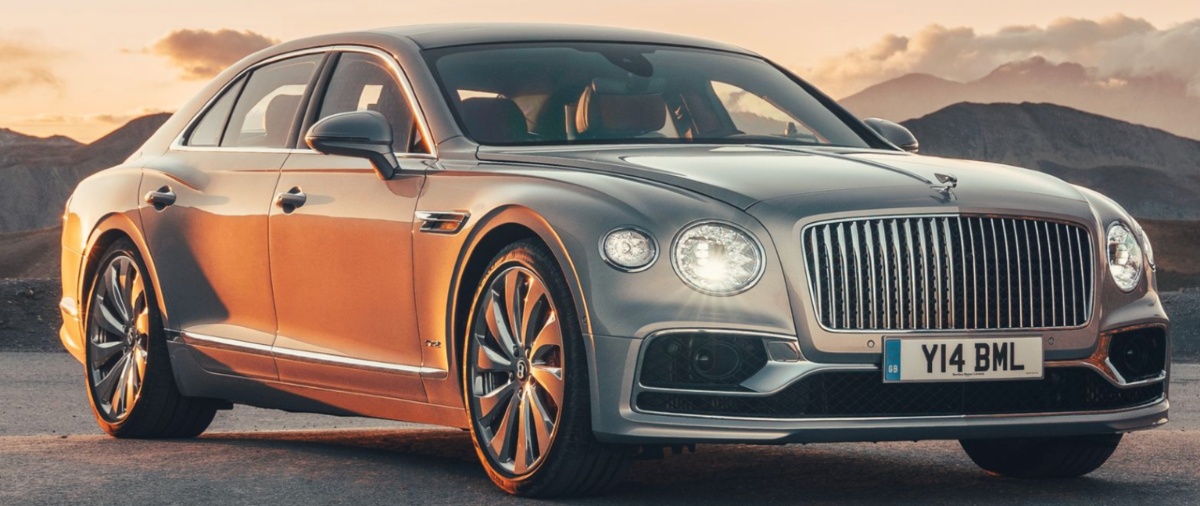
Ten years ago, a study published in the Journal of Marketing dove into this deeply and came up with some fascinating conclusions. The idea is that there are four socioeconomic groups of people, whom the authors referred to as the “Four P’s”: Patricians, Parvenus, Poseurs, and Proletarians. These groups are divided by not just their financial means, but also the extent to which status-seeking motivates their consumption of luxury goods.
They found that each of these groups signaled status in different ways as it relates to the prominence of the brand. Importantly, they also found that the direction in which a status signal is sent varies across groups.
Because so much of this post deals with the concept of social class, we feel it prudent to note that we do not conflate membership in a social class with one’s inherent value as a person. Yes, we deal in high-end luxury goods and services at Henry A. Davidsen, but one’s ability to afford them has no bearing on anything but just that: the ability to afford them.
What Is Brand Prominence?
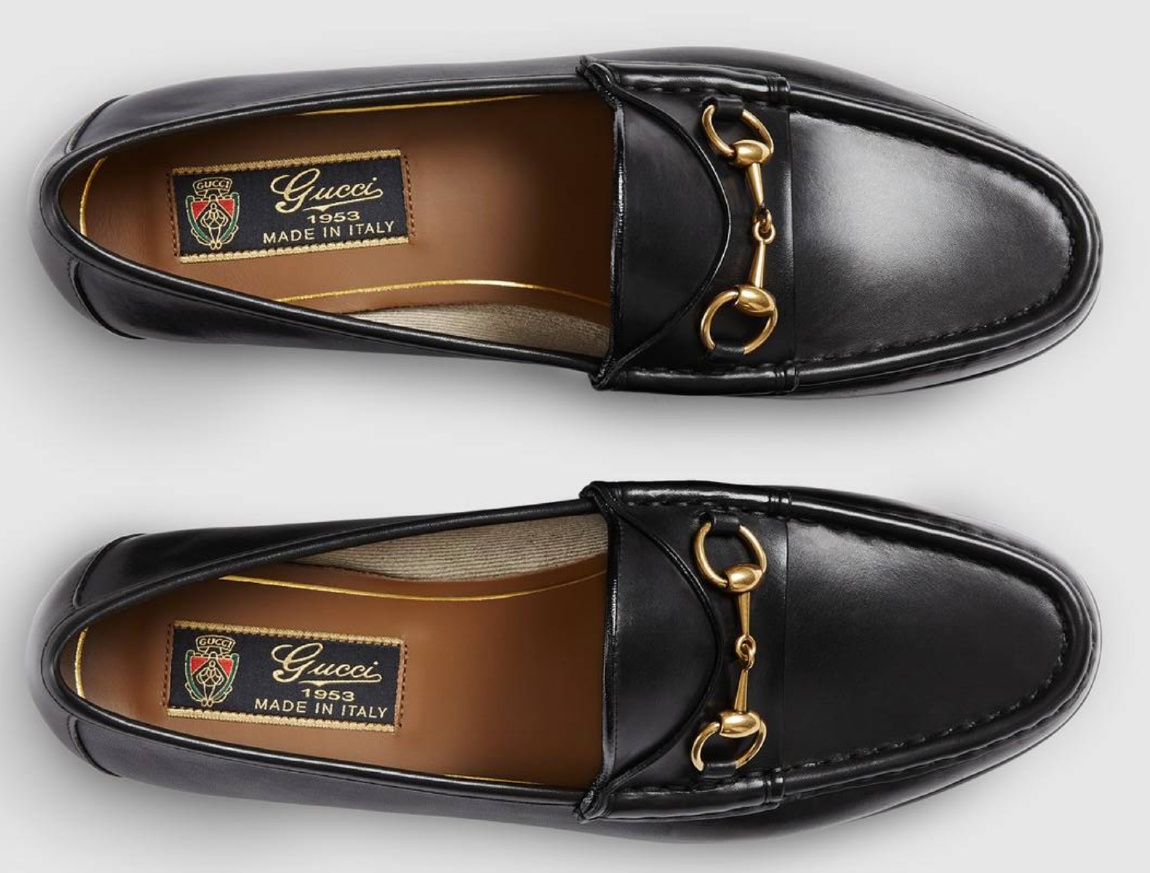
We’re all familiar with the concept of brand prominence, though we may have never used the term. It simply refers to how conspicuous a brand name and/or logo is on a product. An item with a high level of brand prominence would be a sweater with “Tommy Hilfiger” embroidered in large letters across the front. You can see it from a mile away and everyone will know what the brand is.
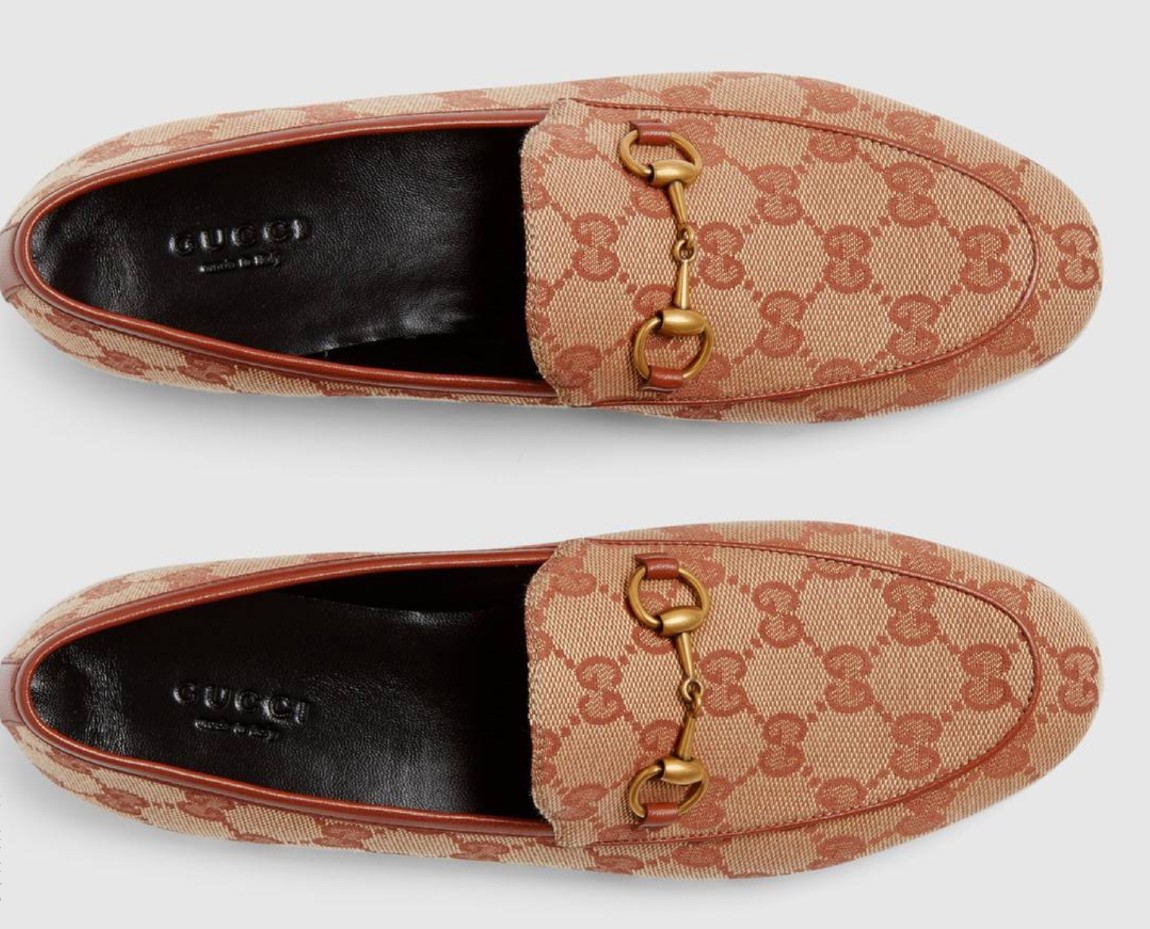
On the other hand, an item with low brand prominence would be a classic Gucci bit loafer. The only way you’d know it’s Gucci is, well, if you already knew.
The Four Status Groups
Below, we describe the four status groups outlined in the study. Please note that the descriptions below are generalizations based on academic research, not hard-and-fast rules. Some patricians could care less about status signaling, some parvenus value subtlety, and so on.
Patricians
Patricians are the wealthiest of the wealthy; the term typically refers to the ancient Roman elite in history books. Intergenerational wealth is often at play in this socioeconomic class, and the phrase “old money” is commonly associated with it. They tend to be the clientele of high-end social clubs and decision makers in board rooms.
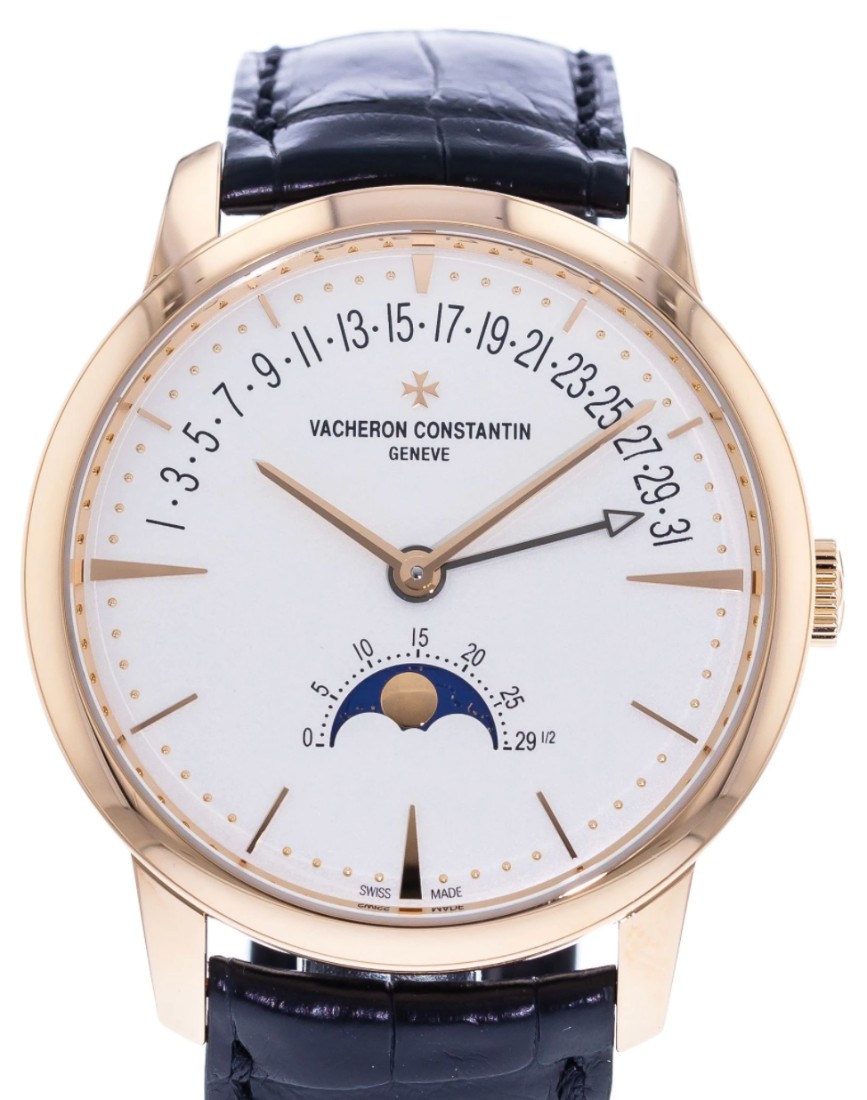 Members of the patrician class tend to value quiet, luxury items that other patricians would recognize. If they’re custom-made, all the better. The overarching theme is inconspicuousness. Patricians, in general, don’t crave status – they already have it – but signal status laterally to other patricians. The point is to signal to your friends at the country club that you’re “one of them.”
Members of the patrician class tend to value quiet, luxury items that other patricians would recognize. If they’re custom-made, all the better. The overarching theme is inconspicuousness. Patricians, in general, don’t crave status – they already have it – but signal status laterally to other patricians. The point is to signal to your friends at the country club that you’re “one of them.”
Case in point: most people associate the brand Rolex with luxury. While a patrician may wear a Seamaster casually because it’s durable and handsome, he would more likely wear a Vacheron Constantin or a Longines with his dress clothes. They may not look terribly different, but those who are in the know will spot it and be aware of the huge price difference.
Parvenus
Parvenus (from the Latin perveniō, meaning “arrive” or “reach”) are also wealthy. We sometimes hear the phrase “nouveaux riche” associated with them. They can afford lots of the same luxury items that patricians buy, but tend to gravitate towards louder displays of wealth. Why?
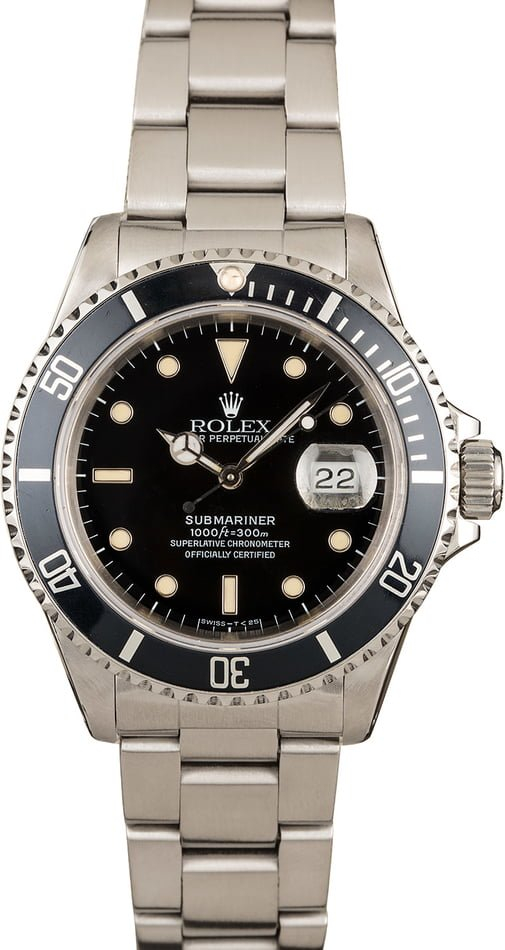 This is because the motivation behind status signaling is different than it is for patricians. Rather than signal laterally as patricians do, they wish to differentiate themselves from those below them, and signal downward. They achieve this by wearing luxury items with high brand prominence, which signal wealth loudly.
This is because the motivation behind status signaling is different than it is for patricians. Rather than signal laterally as patricians do, they wish to differentiate themselves from those below them, and signal downward. They achieve this by wearing luxury items with high brand prominence, which signal wealth loudly.
Poseurs
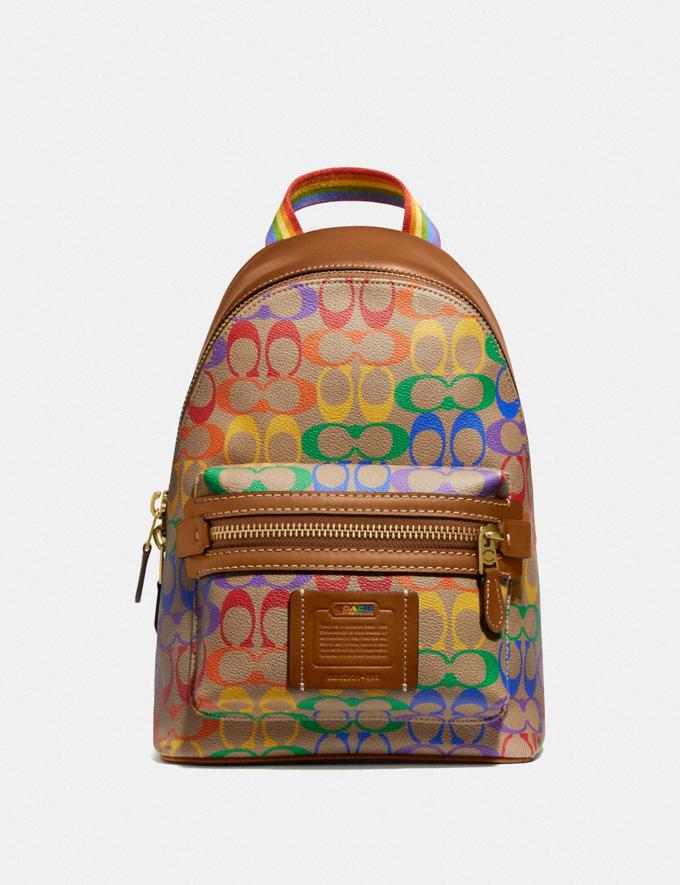
Borrowed from the French word that translates to “a person who pretends to be what (s)he is not,” poseurs also crave status and wish to signal it, but don’t possess the financial means to afford the luxury goods associated with it. They will gravitate towards loud goods they see on parvenus, but they are often counterfeit.
Proletarians
These are working-class people, or members of the proletariat. The word was used in Marx’s The Communist Manifesto but originally referred to a common citizen in ancient Rome. In modern times, this refers to a group of people who are less affluent and less concerned with status signaling. They’re not looking to associate with the upper crust nor disassociate themselves with others of humble means, so they neither seek nor spurn luxury goods.
With that said, it’s not uncommon for proletarians to take occasional “excursions” into luxury goods.
Applying Status Signaling To Your Image
This study has provided us with fascinating food for thought. Regardless of which group you may belong to, our advice here is evergreen: keep your audience in mind.
If you’re going to be in front of someone you know would value a more up-front display of wealth, then wear the bright shirt with contrast trim and bold buttons. If your audience consists of folks whose tastes are quieter (whether patrician or proletarian), opt for a simple blue suit with a white shirt.
One of the Golden Rules of business is that people like to do business with people like themselves. While you should always maintain some of your personality in your clothing choices, keeping this rule in mind will lead to greater success, both personally and professionally.
Next Steps
As always, we’re here to help you manage your image. Call us at 215-310-0219 or email us at info@henrydavidsen.com to start the conversation.

